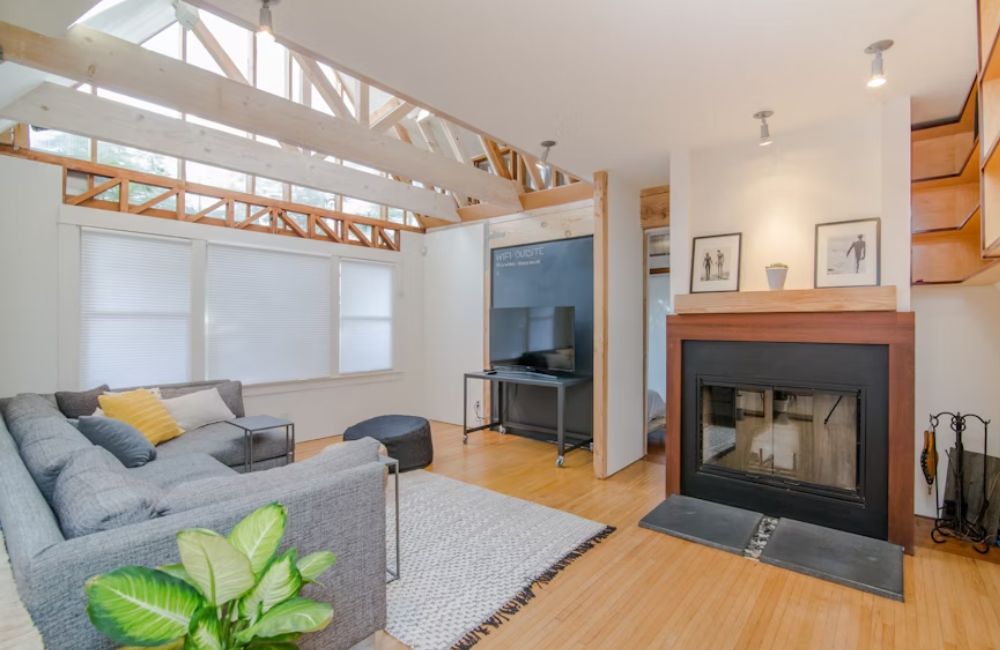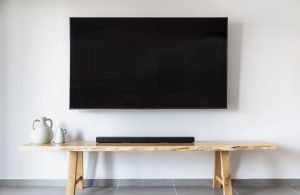Last Updated on October 30, 2025 by teamobn
Designing your first home is an exciting yet challenging process. It requires careful preparation and creating a plan that can balance budget, style, and function. If you’re a first-time homeowner, this guide is designed to help you design the interior and exterior of your home and turn them into comfortable, aesthetic, and functional spaces.
Contents
Create a Budget
Designing a home, even a small one, can be financially challenging. Determine what you can comfortably spend on both indoor and outdoor furniture and decor. Prioritize your must-haves, nice-to-haves, and those that can wait for later.
Make sure to set aside extra money for unexpected costs that may arise with a new home. It is important that your design budget has sufficient legroom and won’t compromise your household finances. If your current budget is not enough to cover everything, be strategic and focus on one room at a time.
Plan Your Space
A solid floor plan is the cornerstone of an effective design, so focus on the layout before making any furniture purchases. Take the time to accurately measure the dimensions of every room. Use a tape measure or an app to get accurate measurements, noting the placement of doors and windows.
Measure the doorways and stairways to ensure your furniture, especially large pieces, will fit and not overcrowd the space. Neglecting this crucial step can lead to layout issues and costly returns. Prioritize functionality by choosing durable furniture and materials that suit your daily needs. Remember, your home should be comfortable first and stylish second.
Define Your Style and Vision
Establish the mood and function you want to achieve for both the inside and outside of your home. Consider your family’s lifestyle and think about how each room will be used. Does your family entertain often or prefer a cozy, quiet living environment? Your answers will significantly influence your furniture and layout choices, so be as specific as possible.
Create an inspiration board to help you organize your ideas and determine your style. Explore different aesthetics, like modern, minimalist, bohemian, or traditional. Collect images that inspire you from magazines, social media, and other design platforms. Review your board to help you identify common themes and what you are consistently drawn to.
For your exterior design, consider your home’s architecture. Look at the structural style, such as Colonial, Modern, or Craftsman, and use it as a guide for your design choices. Evaluate your surroundings, as the environment and climate should influence your design. For instance, a cabin in the woods will look best with earth tones and natural materials, while a coastal home can incorporate cool, breezy tones.
Assess your landscaping, as your home’s exterior should integrate smoothly with the natural landscape. Consider how nearby trees, plants, and other features affect your home’s overall look and style. If you need help with landscape project planning, don’t hesitate to seek guidance from professionals.
Create a Cohesive Plan
A well-curated plan ensures a seamless transition between your home’s interior and exterior. To connect spaces, repeat complementary materials like natural wood or stone inside and out. Carry a consistent color scheme from your exterior siding and trim into your interior spaces, especially transitional areas like entryways.
Focus on enhancing indoor and outdoor flow. Use large windows, sliding glass doors, or a connected patio to help blur the line between indoor and outdoor areas. This can also maximize natural light and make your home feel more airy and open.
Make sure to choose a cohesive color palette, as it can help create a sense of harmony and flow. It is also easier and more practical to match decor to paint than the other way around, so wait to choose your paint color until you have a better idea of your furniture and overall color palette.
Pick a base color and two complementary shades for your interiors. Neutral colors, such as white, beige, or gray are great options for creating a versatile foundation. If you select a neutral base, add color through smaller, easily changeable items like pillows, rugs, and artwork.
When mixing patterns, make sure to use a unifying color palette to ensure the space feels cohesive. Bring in warmth and depth by mixing textures, such as a velvet cushion or a chunky knit throw blanket. Don’t forget to plan for storage, as it is easy to run out of space, especially in a new home. Incorporate smart storage solutions like built-in cabinets, shelves, and multifunctional furniture. 
Establish a Focal Point and Personalize With Decor
A well-chosen focal point can help define how furniture is arranged and can make a strong, memorable aesthetic statement. Whether it’s a fireplace, an accent wall, a large window, or a piece of art, make sure that each room has a focal point.
Add the finishing touches with decorative items that reflect your family’s personality, such as plants, artwork, or travel memorabilia. Pay attention to small details like door handles and light switches, to unite the whole design together.
Be Strategic and Enjoy the Process
A beautiful and well-designed home takes time to develop. Avoid panic-buying furniture and allow your family’s style to grow as you live in the space. Avoid matching everything together by buying all your furniture from one store at the same time. This can create an impersonal and generic look, making your home feel like a showroom instead of a homey living space.
While it’s fine to incorporate trendy items that you love, don’t fill your first home with them just to keep up with the trends. Focus on pieces that feel right for you and highlight what makes your family unique, and your home will feel more authentic and timeless.
Remember to enjoy the entire journey and learn from your mistakes, even if costly ones. If possible, involve the entire family in the design and implementation process, as this endeavor can serve as an unforgettable experience for everyone.
Endnote
Designing your first house doesn’t need to be stressful or complicated. By following these tips, taking your time, and prioritizing, you can create a home that is personal, unique, and highlights your household’s personality.






